What kind of hydrangea is this and what is wrong with it?
sushibuddy
13 years ago
Related Stories
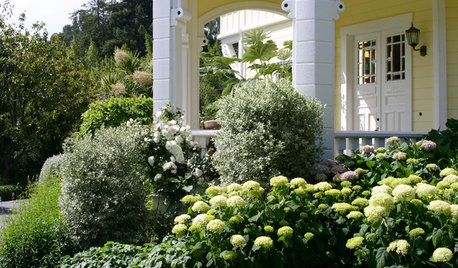
GARDENING AND LANDSCAPINGHave a Ball With Hydrangeas
Even if you don't tinker with the hue by changing the soil, hydrangeas have an entertaining range of uses in all kinds of landscapes
Full Story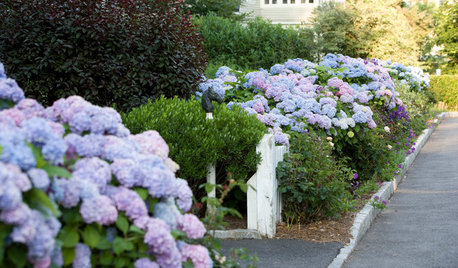
FLOWERSWhy You Should Give Hydrangeas a Place in Your Yard
The exuberant mop-headed beauties evoke dreams of an endless summer by the sea
Full Story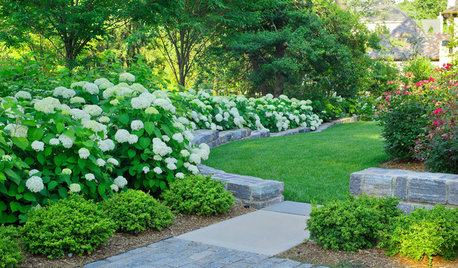
FLOWERS AND PLANTSHydrangea Arborescens Illuminates Garden Borders and Paths
This long-blooming eastern North American native shrub finds a home in landscapes around the world
Full Story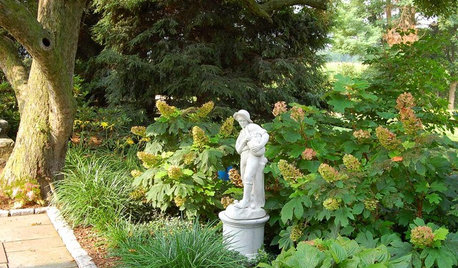
GARDENING GUIDESGreat Design Plant: Oakleaf Hydrangea
Consider this full, flowering shrub for year-round beauty in the garden as you plan your fall plantings
Full Story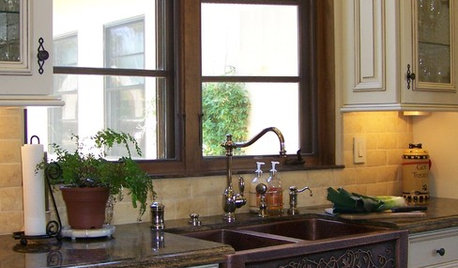
KITCHEN DESIGN8 Stylish Sink Types for Kitchens of All Kinds
Choose the wrong sink and your kitchen renovation efforts may go down the drain — these sinks will let you clean up in the style department
Full Story
LIFEYou Said It: ‘Every Room Should Have the Right Wrong Thing’ and More
This week on Houzz we were inspired to break out of catalog styling ruts and let our design freak flags fly
Full Story
GARDENING GUIDESWhat's Wrong With My Plant? Leaves Often Hold the Clues
Learn how to identify common plant ailments by reading their leaves
Full Story
LIFEYou Said It: ‘The Wrong Sink Can Make You Hate Your Kitchen’
Design advice, inspiration and observations that struck a chord this week
Full Story
KITCHEN DESIGNKitchen Recipes: Secret Ingredients of 5 One-of-a-Kind Cooking Spaces
Learn what went into these cooks’ kitchens — and what comes out of them
Full Story






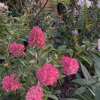

wild_belief
gardengal48 (PNW Z8/9)
Related Professionals
Bridgetown Landscape Architects & Landscape Designers · Middle River Landscape Architects & Landscape Designers · Redondo Beach Landscape Architects & Landscape Designers · Milford Landscape Contractors · Bridgeport Landscape Contractors · Crystal Landscape Contractors · Eureka Landscape Contractors · Lyndhurst Landscape Contractors · Lynwood Landscape Contractors · North Canton Landscape Contractors · Soddy Daisy Landscape Contractors · Wallingford Landscape Contractors · Baileys Crossroads Landscape Contractors · Annapolis Siding & Exteriors · Bethany Siding & Exteriorsjojo904